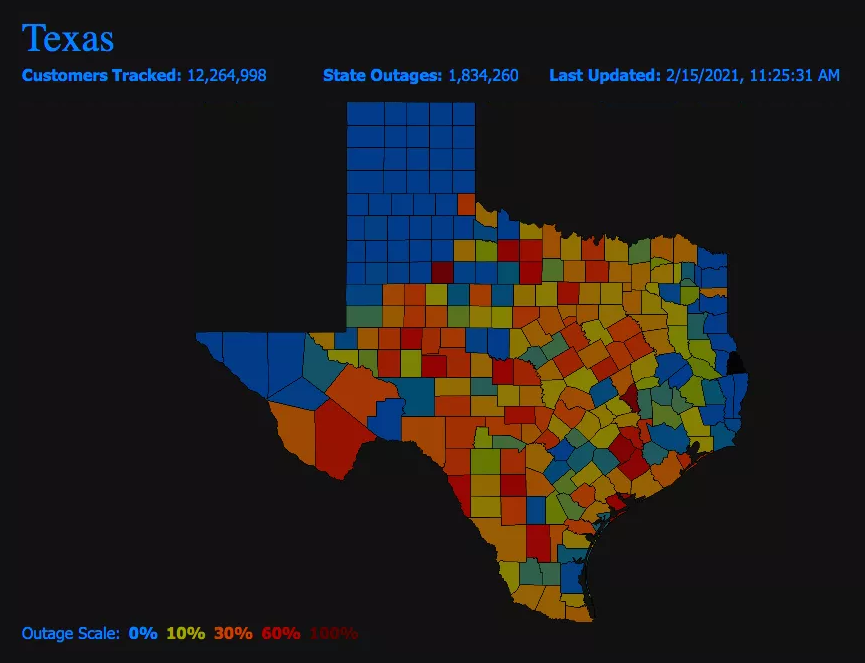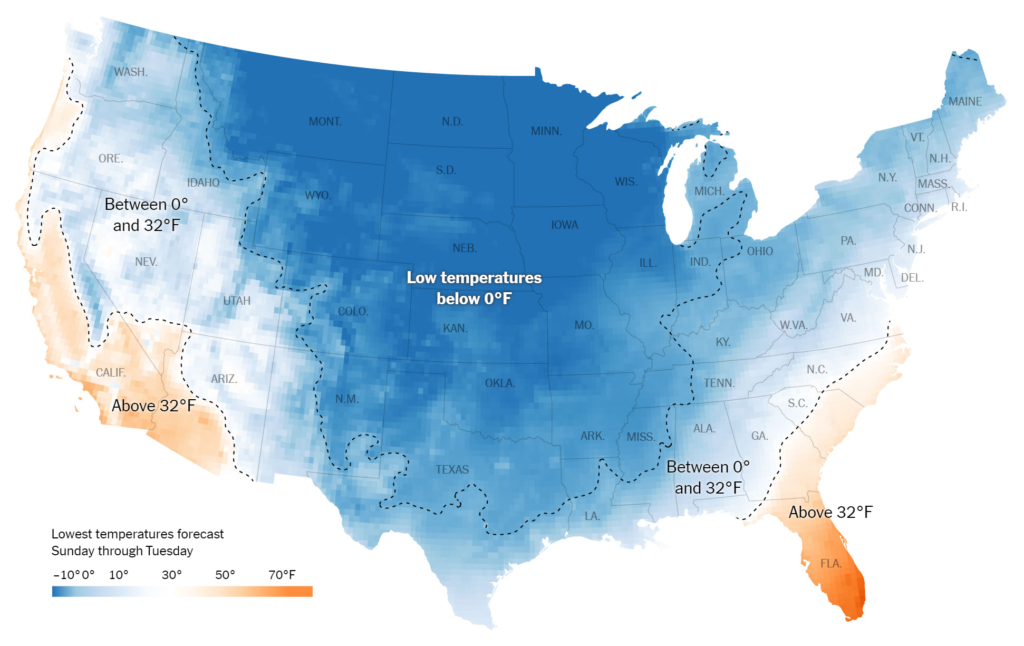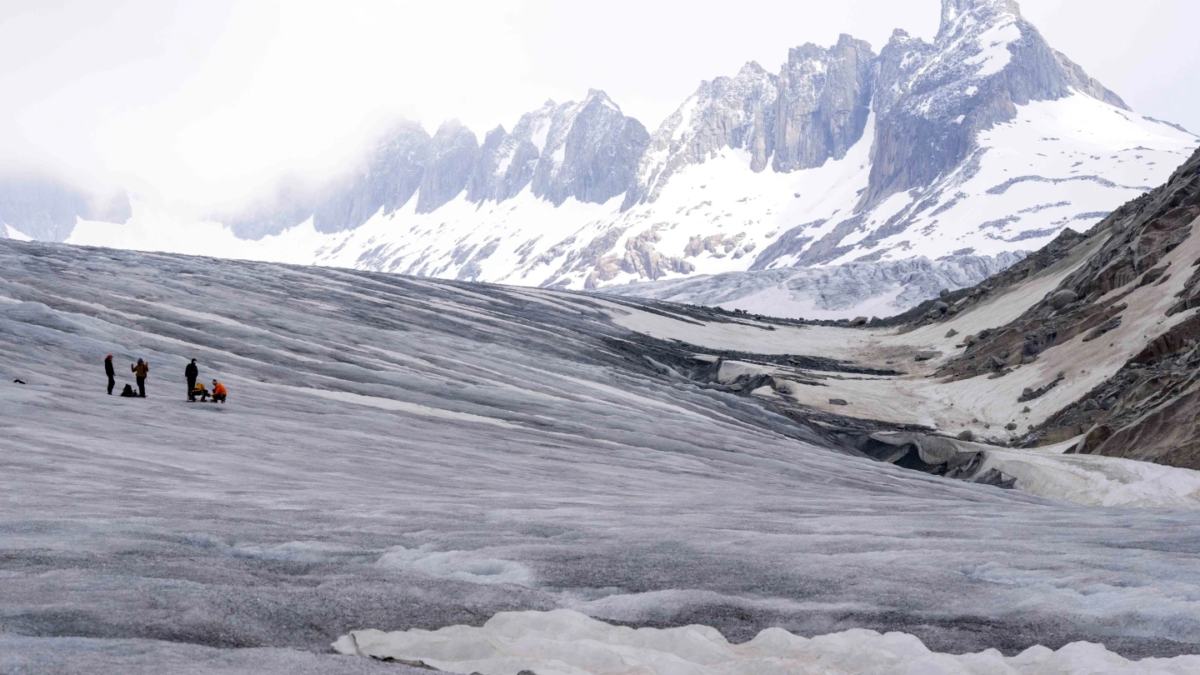How one Texas storm exposed an energy grid unprepared for climate change

By Josh Lederman
17 February 2021
WASHINGTON (NBC News) – A devastating winter storm that has plunged Texas into an electricity crisis offers warning signs for the U.S. as the Biden administration seeks to prepare for a future in which extreme weather is a greater risk and America is almost entirely powered by renewable energy.
Generating energy is one challenge. But an equally daunting task centers on storing power from renewable energy for extreme events like the one hammering Texas.
In Texas, the center of a wave of outages across the Southern and central parts of the U.S., the primary electric grid suffered a one-two punch wrought by the deep freeze: off-the-charts demand for power as Texans tried to heat their homes and power plants that simply failed to produce power when people needed it the most.

Wind and solar, still fairly small slices of the state’s energy mix, played only a minimal role in the sudden power shortage, utility officials said — contrary to a wave of conservative critics who tried to falsely pin blame for the situation on renewable energy.
Still, the Texas crisis is a wake-up call that exposes how the U.S. electric infrastructure may not be fully prepared to absorb steep climate-related spikes in demand for power. The challenge is likely to grow deeper as the U.S. relies more on wind and solar power, known as “intermittent” sources, because they are subject to the whims of the weather and do not produce electricity 24 hours a day.
Electric grid regulators said the U.S. will have to develop vast supplies of power storage — such as gigantic batteries — that rely on emerging technologies that have only recently started becoming economical and feasible on a large scale.

“For batteries to play the ultimate backup system, we’re so far away from that it’s not funny,” Jim Robb, CEO of the North American Electric Reliability Corp., a regulatory body, said in an interview. “To really make the vision that we like to get to, a highly decarbonized electric system, you’re going to have to have batteries deployed in many orders of magnitude beyond what we have now.” […]
The picture of what went wrong in Texas is incomplete. But while some wind generators did go offline as turbines iced over, the state’s largest grid, the Electric Reliability Council of Texas, said the shortage was driven by a failure not of renewable sources but of traditional “thermal” sources: coal, nuclear, and especially natural gas. Energy experts said that gas lines supplying gas-fired plants may have frozen or that supplies to the plants may have been limited as gas was prioritized for homes that rely on gas for their heat. [more]
How one Texas storm exposed an energy grid unprepared for climate change


